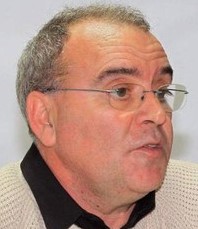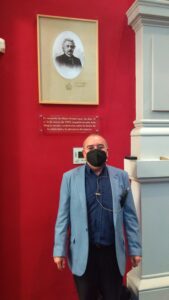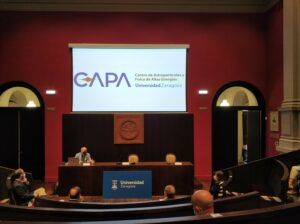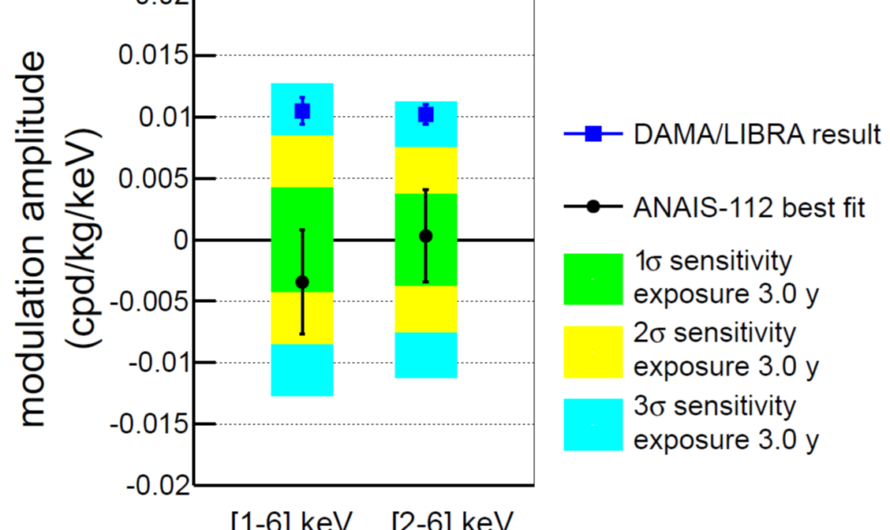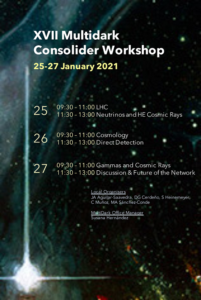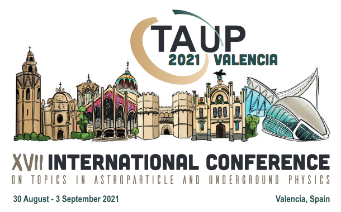Dos proyectos del CAPA, “EL EXPERIMENTO ANAIS-112 Y NUEVAS LÍNEAS DE INVESTIGACIÓN PARA LA DETECCIÓN DE SUCESOS POCO PROBABLES EN EL LABORATORIO SUBTERRÁNEO DE CANFRANC” y “PARTICIPACIÓN EN LAS ACTIVIDADES DE PREPARACIÓN Y CONSTRUCCIÓN DEL HELIOSCOPIO DE AXIONES BabyIAXO DE LA COLABORACIÓN IAXO “, han sido propuestos para su financiación por el Ministerio de Ciencia e Innovación en la última convocatoria de la Agencia Estatal de Investigación (Proyectos de I+D de Generación de Conocimiento).
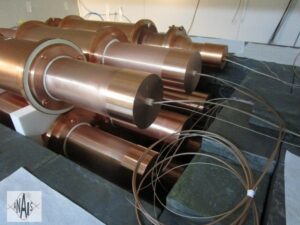
ANAIS-112 es un experimento de detección directa de Materia Oscura con centelleadores de NaI(Tl), instalado en el Laboratorio Subterráneo de Canfranc (LSC)y en fase de toma de datos desde agosto de 2017. Su objetivo es confirmar o refutar el controvertido resultado del experimento DAMA/LIBRA, en el Laboratorio Subterráneo del Gran Sasso, que ha observado por más de 20 años una modulación anual en el ritmo de detección compatible con la que produciría la Materia Oscura galáctica, pero incompatible con los resultados negativos de otros experimentos de detección directa. Gracias a la financiación propuesta, ANAIS-112 podrá completar los 5 años de toma de datos requeridos para poner a prueba el resultado de DAMA/LIBRA con un nivel de confianza de 3 sigmas. Además, se estudiarán posibles mejoras y se abrirán nuevas líneas de I+D de cara a un futuro experimento más sensible.
 Un segundo proyecto, coordinado por el grupo del CAPA, y en el que participan varios grupos españoles, está dirigido a la preparación y construcción del helioscopio BabyIAXO en DESY (Alemania). Este experimento se ha concebido como la primera fase, y un prototipo tecnológico, para IAXO. El Observatorio Internacional de Axiones (IAXO) es actualmente el proyecto de búsqueda de axiones más ambicioso en la escena internacional. Se basa en el concepto del helioscopio de axiones, la estrategia más prometedora para detectar axiones emitidos por el Sol. IAXO descansa sobre la exitosa trayectoria del helioscopio predecesor: CAST en el CERN. IAXO dispondrá de un imán superconductor de gran tamaño, construido ex profeso para el experimento, así como de ópticas y detectores de rayos-X. IAXO superará la sensibilidad de CAST en un factor >10000 en cociente señal sobre ruido, y explorará en particular axiones de QCD de masas en el rango del meV al eV, un rango actualmente inexplorado y fuera del alcance de cualquier otra técnica hoy en día. BabyIAXO, un helioscopo a escala intermedia, producirá ya resultados de física relevantes en sí mismo, incluso con potencial de descubrimiento.
Un segundo proyecto, coordinado por el grupo del CAPA, y en el que participan varios grupos españoles, está dirigido a la preparación y construcción del helioscopio BabyIAXO en DESY (Alemania). Este experimento se ha concebido como la primera fase, y un prototipo tecnológico, para IAXO. El Observatorio Internacional de Axiones (IAXO) es actualmente el proyecto de búsqueda de axiones más ambicioso en la escena internacional. Se basa en el concepto del helioscopio de axiones, la estrategia más prometedora para detectar axiones emitidos por el Sol. IAXO descansa sobre la exitosa trayectoria del helioscopio predecesor: CAST en el CERN. IAXO dispondrá de un imán superconductor de gran tamaño, construido ex profeso para el experimento, así como de ópticas y detectores de rayos-X. IAXO superará la sensibilidad de CAST en un factor >10000 en cociente señal sobre ruido, y explorará en particular axiones de QCD de masas en el rango del meV al eV, un rango actualmente inexplorado y fuera del alcance de cualquier otra técnica hoy en día. BabyIAXO, un helioscopo a escala intermedia, producirá ya resultados de física relevantes en sí mismo, incluso con potencial de descubrimiento.
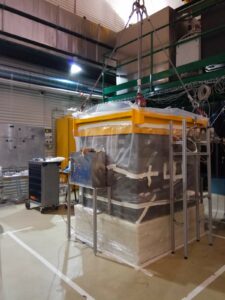
En este mismo proyecto se incluye el trabajo en el experimento TREX-DM, una cámara de proyección temporal, con plano de lectura pixelado basado en le tecnología MicroMegas, y que contiene gas Neon a alta presión. El objetivo de este experimento de mediana escala, que se encuentra tomando datos en el LSC, es la búsqueda de WIMPs de baja masa, que podrían formar parte del halo de Materia oscura que nos rodea.



